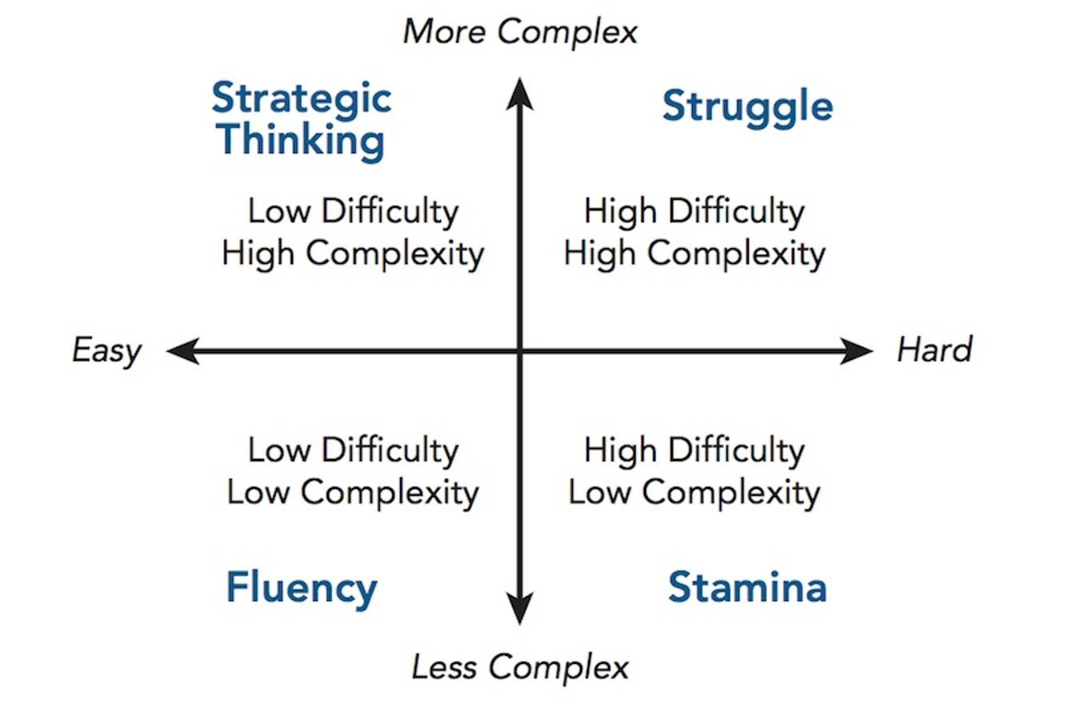
SOURCE: ASCD
You’ve collected exit slips, spot checked students’ homework, skimmed their Google Doc, seen the results from a Google Form, Pear Deck, Formative or Socrative. What do I do next?
In this era of student centered-learning and data informed instruction we know we should be formatively assessing our students frequently. However, what should we do after we administer the formative assessment?
What do I do with that data?
Here are 10 easy to implement strategies to help you make changes to your instruction and meet your students where they are at:
1.Plan branch activities for students to do at the beginning, middle or after class: if you feel comfortable with X then you should do Y, if you’re struggling with X then you should do Z.
2. Create a resource area on your website or in your classroom where students can review key topics & skills (preferably organized by objective) so students can easily review concepts they’re struggling with.
3. Have students discuss & defend their answers with partners & groups before presenting them to the class. This leverages peer feedback in a low stakes environment before creating opportunities for students to learn from each others’ mistakes while presenting to the class.
4. Bunch related lessons together and turn them into a project so students have a menu of activities they complete at their own pace while you help students individually or in groups.
5. Post answer keys around the room and write the next steps students should take if they get the answer wrong or right.
6. Allow students to self-select groups based on which skill/concept they need to review the most. Create station rotations see Caitlin Tucker’s resources here.
7. Solicit the help of their resource/study hall teachers. Email them review activities/ links to help students review concepts & skills they’re struggling with before a quiz/test.
8. While helping students who need extra review, have other students complete quick but complex challenges that ask students to think strategically and apply what they learned to real world problems. Extension activities don’t always have to mean doing a lot more work (for the student or the teacher!)

9. Ask a student or small group of students to come in before/after school to get 1-on-1 help. Often, helping a student for 5-10 minutes outside of class is more effective than trying to help 30 students for an entire class period.
10. Prioritize objectives, if all students won’t be able to reach a level of mastery for every single objective in the same amount of time, which are most critical for students’ success in future lessons, units & courses? Plan subsequent lessons & units to continue to reinforce those critical objectives. You can’t do it all in one day!

2 Comments
Excellent thank you. Will share these great ideas with SAESC.
Hi Hassiena,
I’m glad you found the ideas useful. Feel free to share with others. They might also find this video by Rick Wormelli on Formative & Summative Assessment interesting: https://www.youtube.com/watch?v=rJxFXjfB_B4 .
Arpan